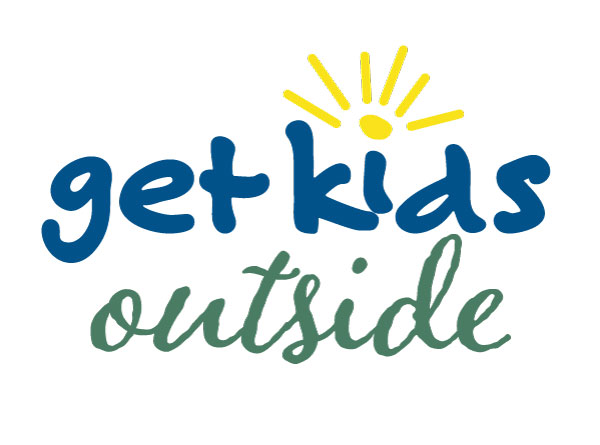Physical Activity: the Foundation for a Healthy Lifestyle
Tips for Getting Your Family Active
Guest Post by Emily Patterson of Primrose Schools
Experts suggest that young children need to accumulate at least 60 minutes of physical activity every day. Unfortunately, many children are not nearly as active as they need to be. It is clear that along with poor diet, physical inactivity has contributed to the large increase in childhood obesity in the United States in the past 20 years. The following statistics are unsettling:
- Between 16 and 33 percent of children and adolescents are obese nationwide. (Source: American Academy of Child and Adolescent Psychiatry)
- The percentage of obese or overweight children is at or above 30 percent in 30 states. (Source: Trust for America’s Health)
Research has shown that children who develop basic motor skills such as throwing, catching, kicking, are more likely to grow into healthy active adults. Whether the activity be at home with their parents or at their child care facility with their friends, studies have shown that daily physical activity helps children academically as well. Dr. Stephen Sanders (director of the School of Physical Education and Exercise Science at the University of South Florida and member of the Primrose Schools Education Advisory Board), says that children do not necessarily learn physical skills on their own. He has found they need guidance and assistance from adults, challenging activities, and opportunities to practice and refine physical skills. So, what can parents do to teach their children about the importance of being physically active and help them learn these necessary skills? Trying the tips below will help you and your family create a fun environment for physical activity and will contribute to everyone’s physical health.
Getting Your Family Active: Be active with your children:
Don’t just send your children outside to play–be a role model! Go outside with them and participate in games and other activities that require physical exertion!
- Use sidewalk chalk to create your own four-square or hopscotch grids; blow bubbles then chase them around the yard to see who can catch them; go on a walk around the neighborhood or through a park as a family; play music and dance inside or outside; and when the weather is nice put on your bathing suits and run through the sprinklers.
- Promote a feeling of success when you play with your child. If your child is not yet able to successfully throw and hit a target, encourage them to move a little closer so they can be successful. Skills are acquired incrementally. Children who do not experience success have a tendency to quit and not practice.
- Acknowledge their efforts with specific comments. No matter what your child’s skill level is, be a supportive coach. They will benefit from your encouragement.
When children come into the world, physical activity is at the very center of their lives. They have a mission to learn to crawl, walk, run, throw, catch, and kick. If they are going to enjoy participating in physical activities now and as adults, they need to build on that foundation of success and enjoyment that begins in infancy. So, grab a ball, badminton racket, or jump rope and set aside time each day to play with your child!
